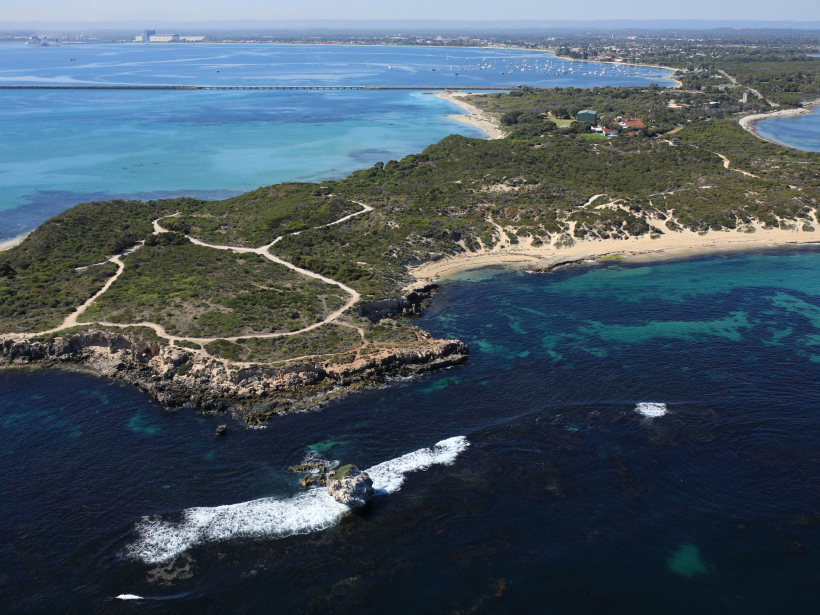Source: Journal of Geophysical Research: Oceans
For many beachgoers, the cyclical nature of gently rolling and crashing waves is a soothing sight. But to oceanographers (and perhaps some surfers), the behavior of ocean waves is a complex physics problem to be deciphered.
Although most wave models depict the motion of waves over a smooth surface, many real-world coastlines have underwater landscapes with rough topography (or bathymetry). In particular, the seafloor along rocky, reef-inhabited coastlines tends to have a dynamic, diverse bathymetry with abrupt changes in seabed characteristics.
Previous studies have shown that rockier coasts tend to encourage erosion (washing away of sand and soil) as well as accretion (a buildup of sand) along the shoreline. Although the direct cause of these damaging effects is unclear, scientists believe it could have something to do with infragravity waves: long-period waves (1–5 minutes) at the water’s surface that are generated by shorter (sea swell) waves interacting with each other. Infragravity waves are invisible to the naked eye.
In 2014, Winter et al. conducted a 2-week field survey to better study the behavior of infragravity waves over rugged bathymetry. The site of their study was a rocky, reef-fringed beach in southwestern Australia. Fringing reefs are the most common type of reef in the world. They grow from the shore toward the sea, forming a border, or fringe, of reef.
The researchers chose a nearly 600-meter stretch of sandy shoreline surrounding Australia’s Garden Island, where outcrops of algae-covered limestone reef populate the shallows offshore. A lagoon sits on one end of the beach, and two seaward flowing channels flank either side of the reef.
The researchers used 29 wave gauges and current meters to monitor the behavior of infragravity waves along the shoreline in both stormy and calm conditions. They noticed that shorter (sea swell) waves would break at the crest, causing them to lose energy and steadily decrease in height as they moved toward the shore. In contrast, the height of infragravity waves tended to increase as they approached the shoreline, and hence, the waves gained energy.
There was some variability, however. The researchers found that the rugged structure of the reef modified the direction of the infragravity waves such that their height increased along the shoreline behind the reef but not elsewhere.
The study shows that underwater terrain affects the behavior of infragravity waves, which have the potential to cause erosion and accretion along coastlines. These findings may enable scientists to improve existing wave models and complement them with real-world context. (Journal of Geophysical Research: Oceans, https://doi.org/10.1002/2016JC012242, 2017)
—Sarah Witman, Freelance Writer
Citation:
Witman, S. (2017), Modeling ocean waves over rocky reefs, Eos, 98, https://doi.org/10.1029/2017EO076165. Published on 12 July 2017.
Text © 2017. The authors. CC BY-NC-ND 3.0
Except where otherwise noted, images are subject to copyright. Any reuse without express permission from the copyright owner is prohibited.

